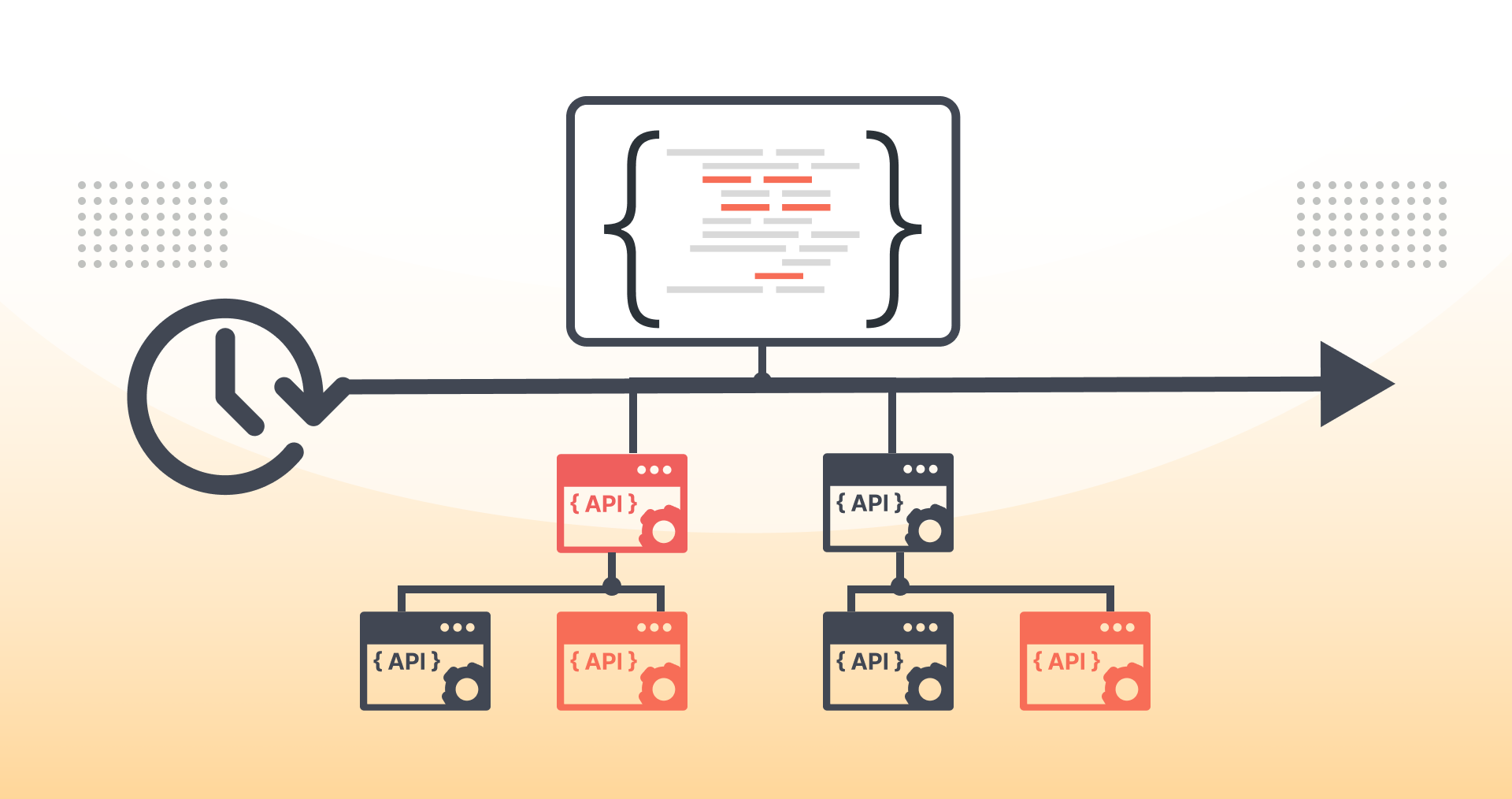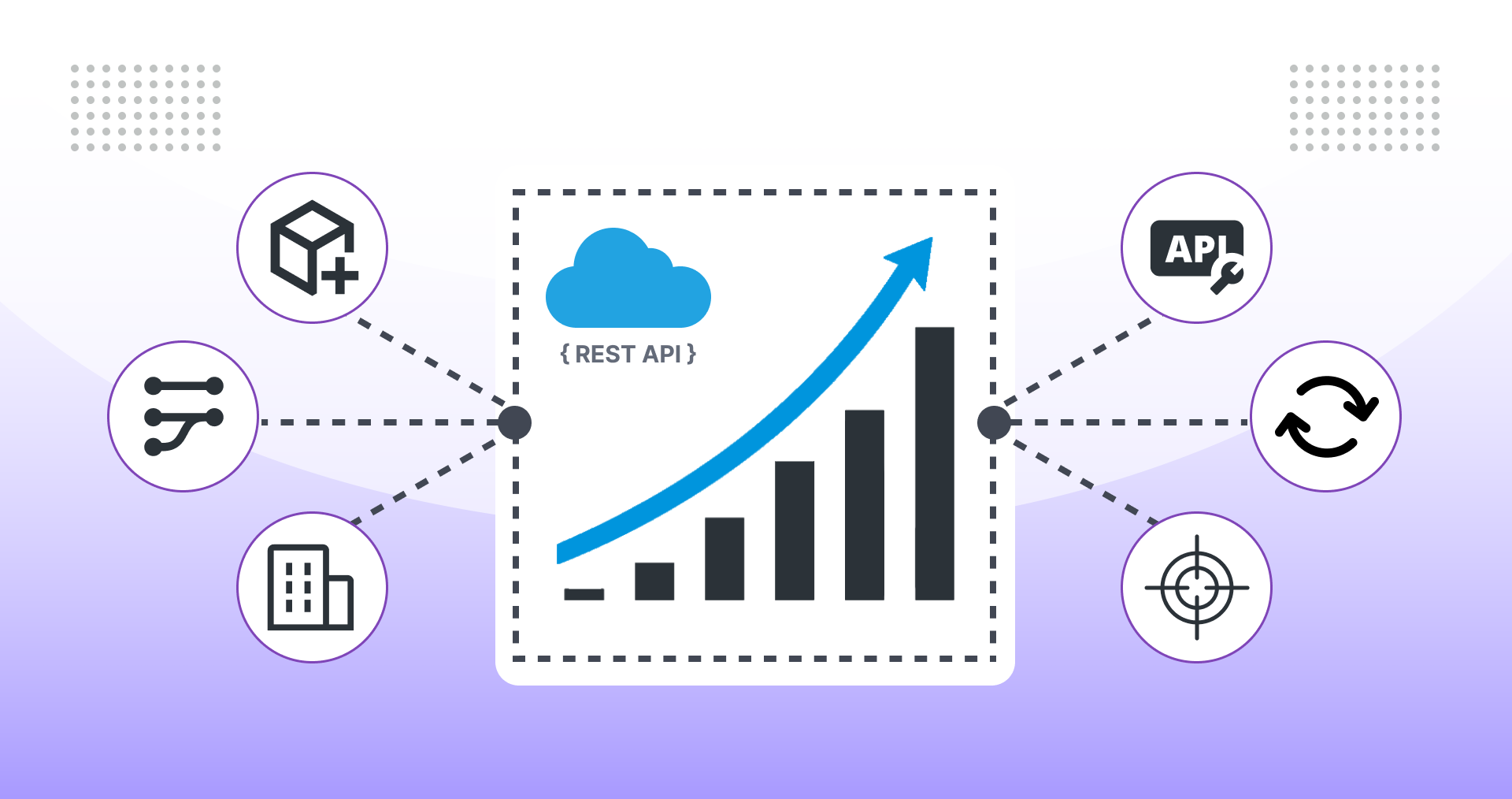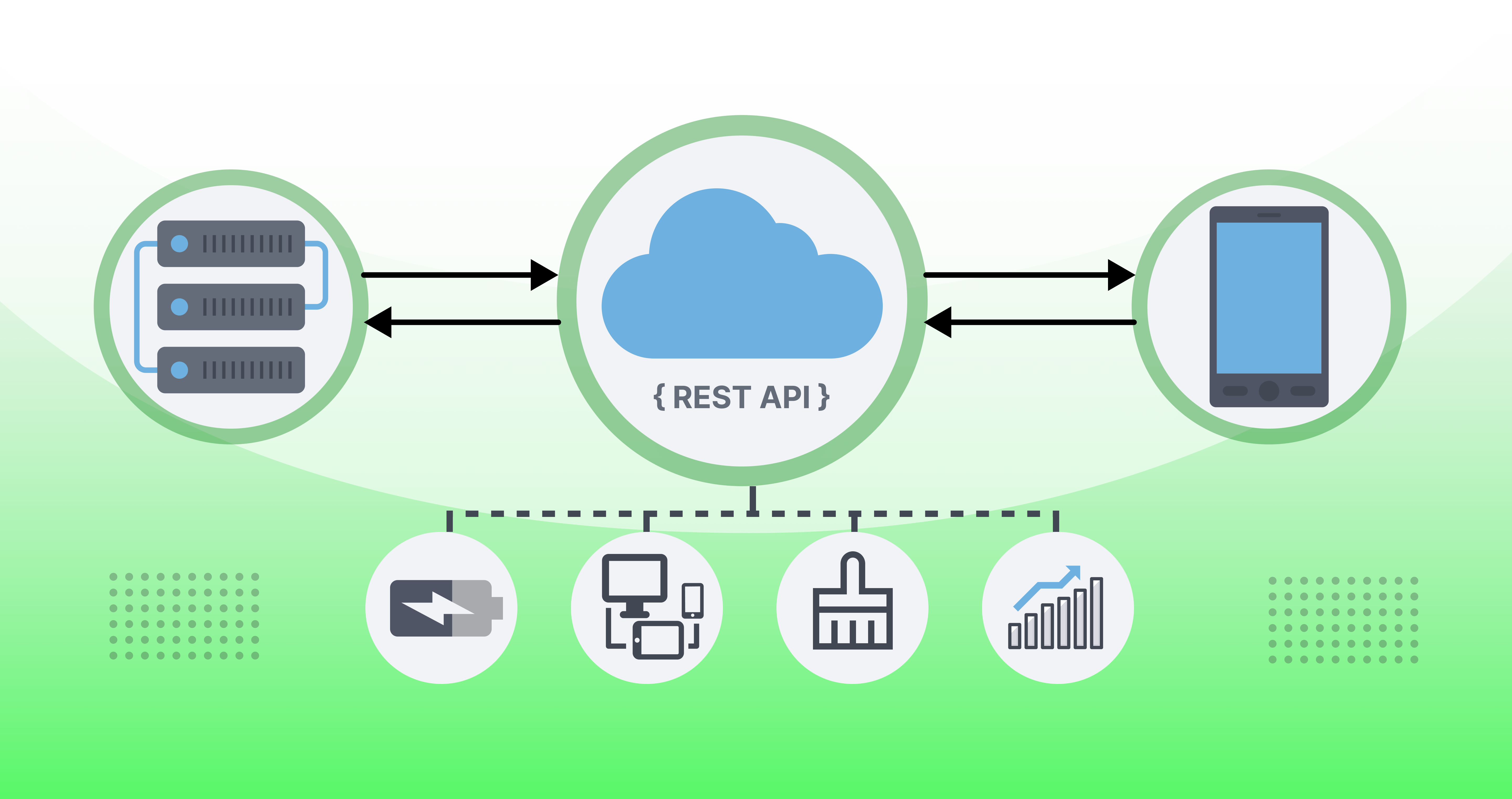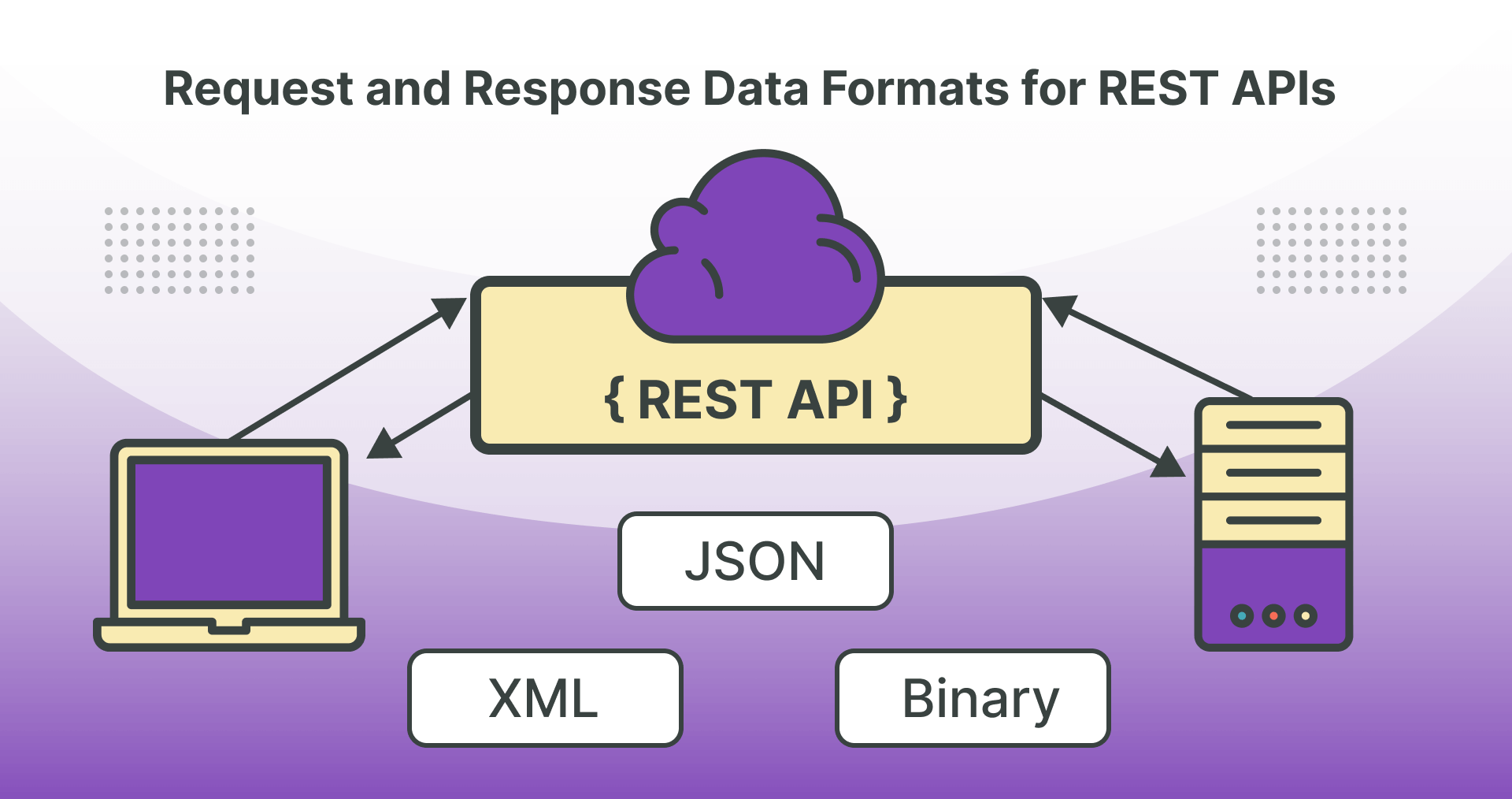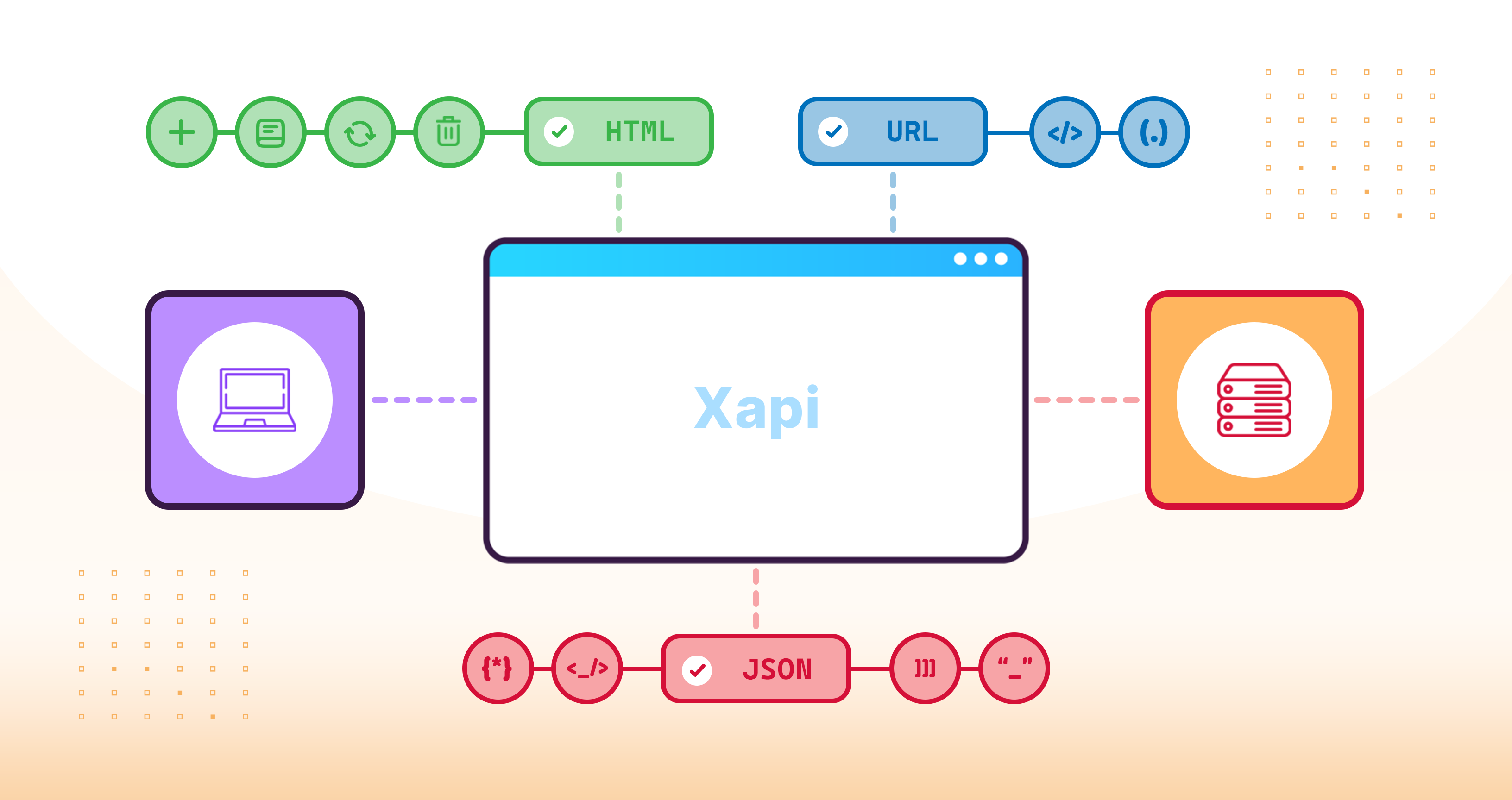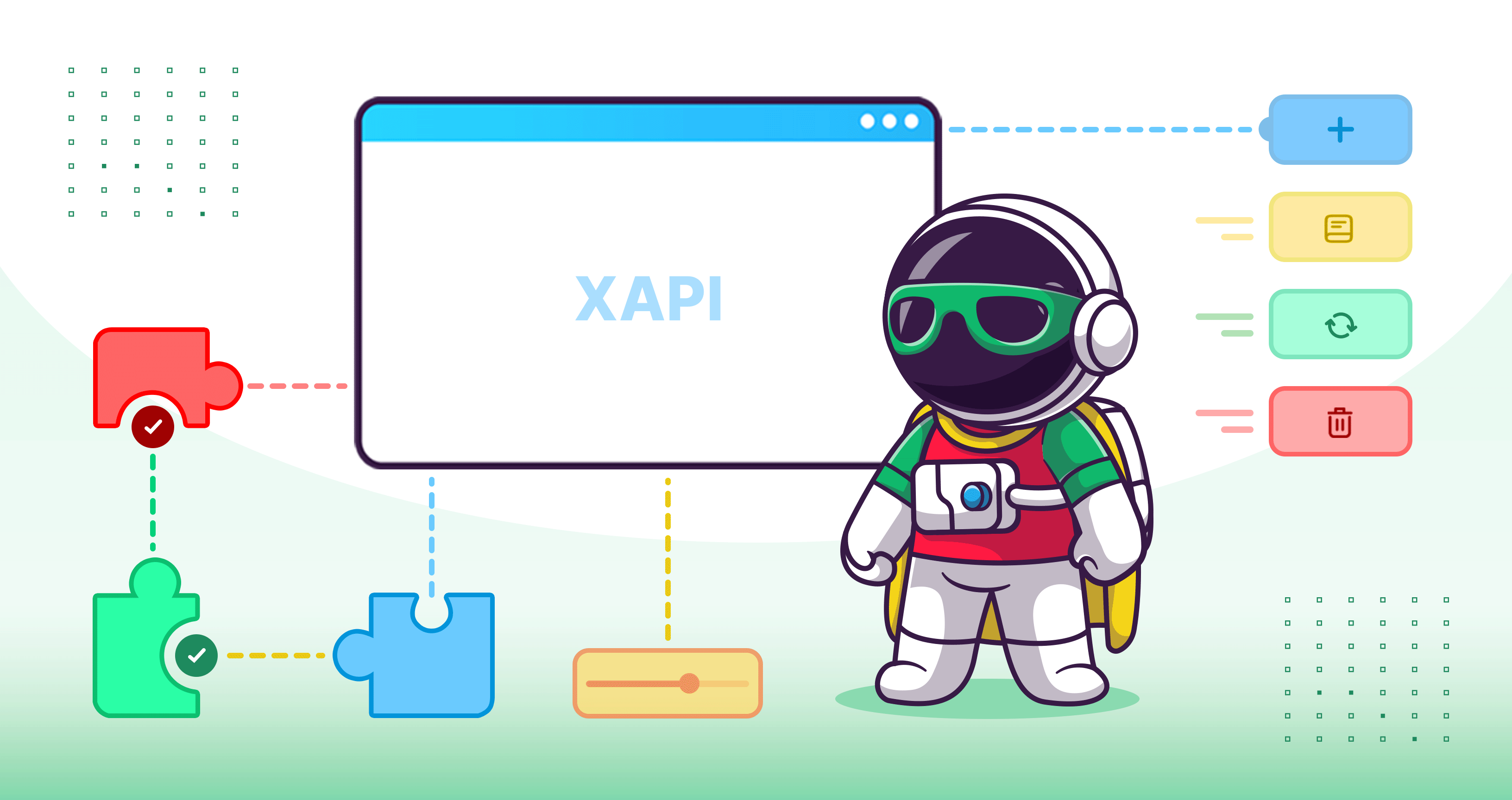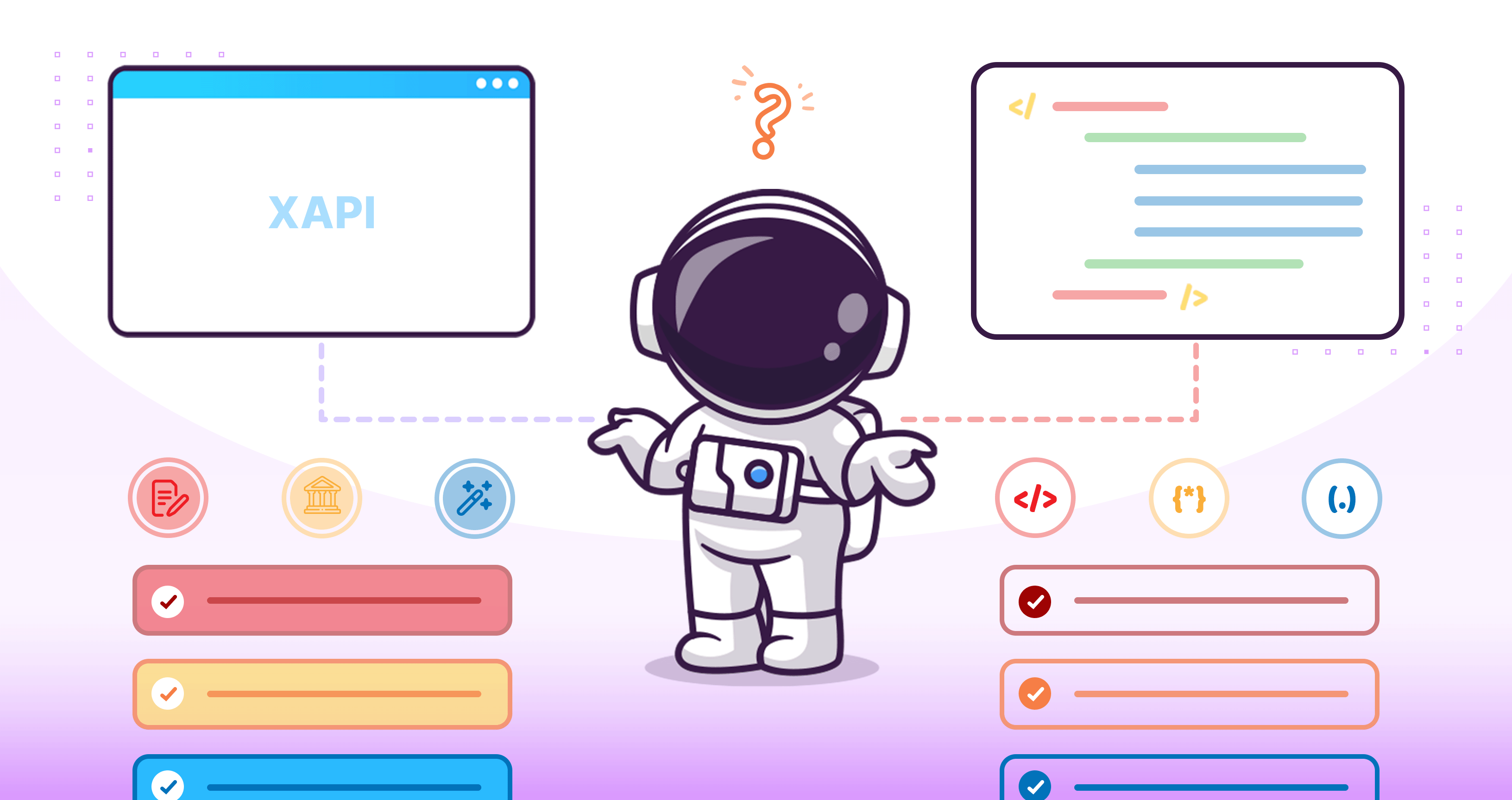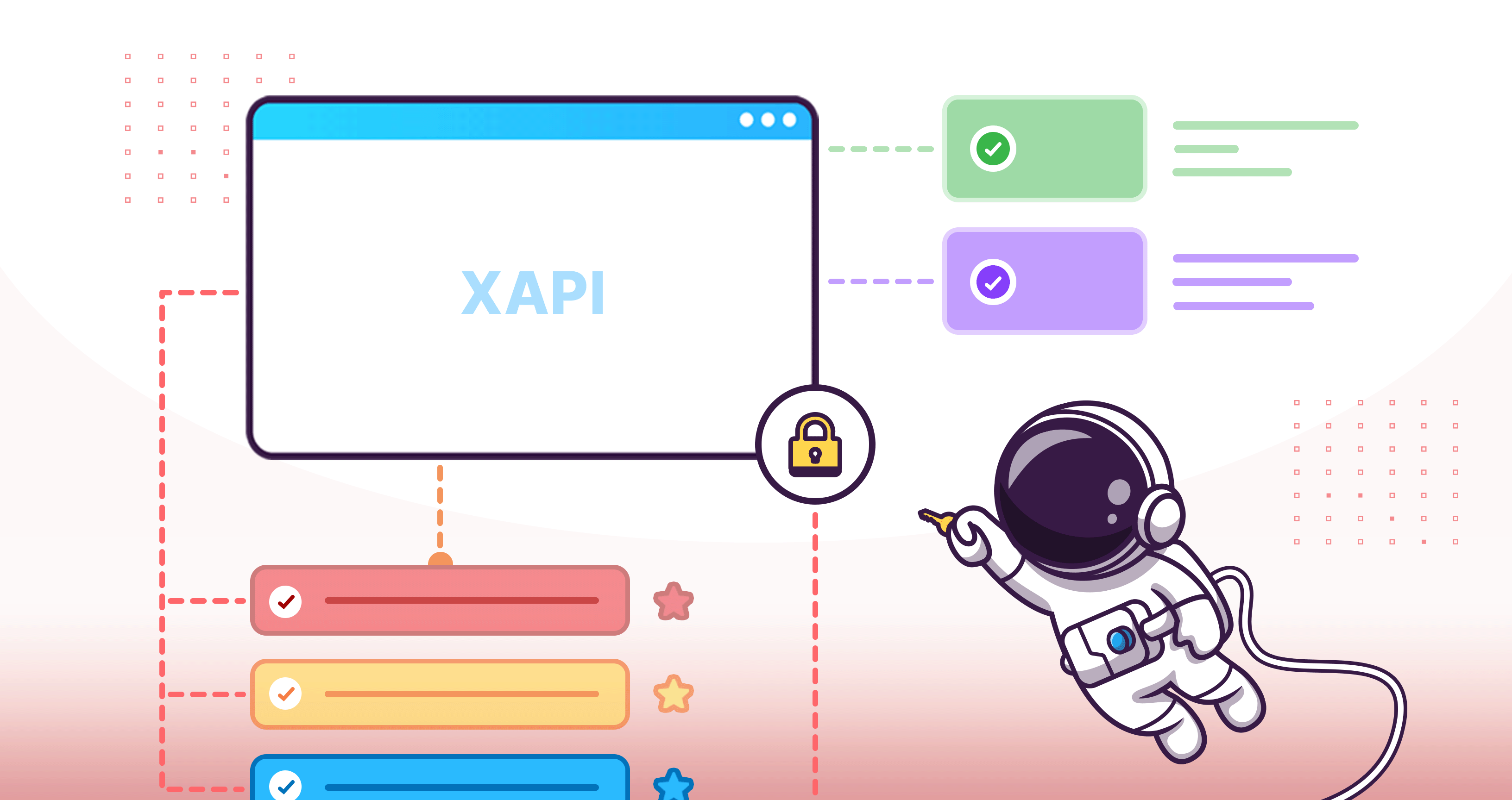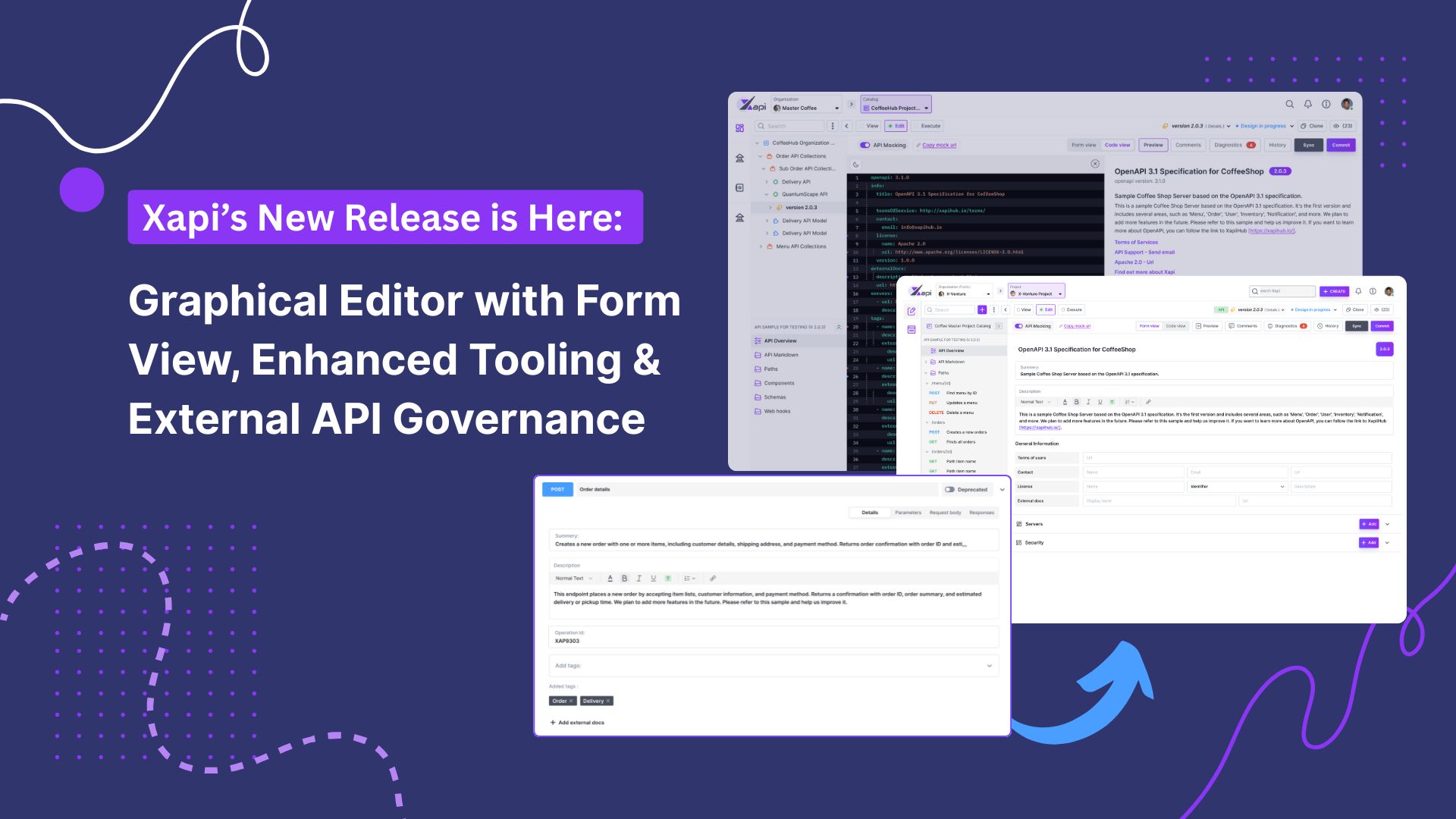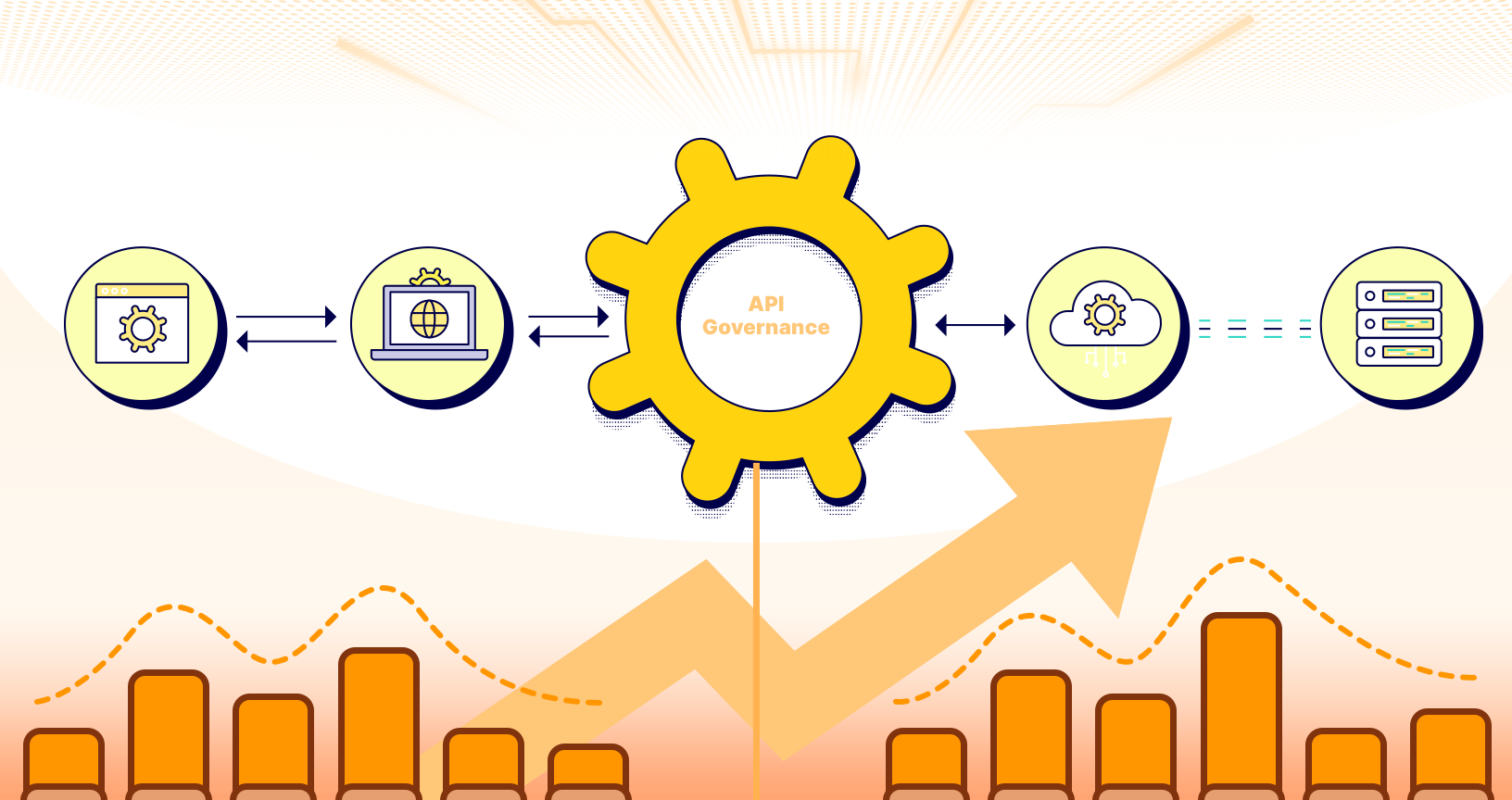Optimizing UX for REST APIs

Nayana Tharuka
31 October,2023 •
6 mins read
In the dynamic landscape of web development, the User Experience (UX) is not limited to just the front-end. The interaction between clients and servers is a crucial aspect that demands careful consideration. In this blog, we'll explore the realm of User Experience for REST APIs, delving into key subtopics that can elevate the performance and satisfaction of both developers and end-users.
Designing Intuitive Endpoints
A well-crafted API should resemble a well-designed highway, with endpoints acting as smooth on-ramps and exits. Ensuring that endpoints are intuitive and follow a logical structure is paramount. Developers should be able to easily navigate through the API, reducing the learning curve and promoting efficiency.
-
Example of a Bad Endpoint:
Consider an API where product information is accessed through an endpoint like /data?id=123&category=4&token=xyz. This endpoint lacks intuitiveness, as developers must decipher the purpose of each parameter. It increases the likelihood of errors and makes the integration process cumbersome.
-
Example of a Good Endpoint:
Contrast this with a more intuitive endpoint like /products/electronics/123. Here, the hierarchy is clear, with the endpoint structure mirroring the logical flow of the data. Developers can easily understand that they are accessing product information for an electronics category and product ID 123. This not only enhances clarity but also streamlines the development process.
In the realm of API design, the difference between a bad and a good endpoint is akin to navigating a confusing maze versus driving on a well-signposted highway. Intuitive endpoints are the foundation of a developer-friendly API, paving the way for efficient integration and a seamless user experience.
Consistent Data Formatting
Consistency is key, especially when it comes to data formatting.
Standardizing the structure of responses across various endpoints enhances predictability for developers.
-
Example:
In an inconsistent API, user data retrieval from different endpoints might yield arrays or nested JSON objects, leading to confusion. Contrast this with a well-designed API were accessing user details from /users/123 or /users/456 maintains a consistent response structure. This predictability streamlines developer workflows.
Clear and concise documentation further aids in understanding the expected data format, promoting a seamless integration process.
-
Example:
Sparse API documentation can leave developers in the dark about data formats. On the flip side, robust documentation acts as a guiding light, providing clarity on response structures, parameter usage, and examples. Developers armed with comprehensive documentation can integrate confidently and seamlessly.
Robust Error Handling
Error messages should be more than just cryptic codes. Providing meaningful and actionable error messages greatly improves the debugging process. Developers can swiftly identify issues and address them without wasting precious time deciphering obscure error responses.
-
Bad Example:
Imagine an API returning an error like "Error 500: Internal Server Error" without further context. This cryptic message provides little insight into the root cause, leaving developers stranded in a debugging maze. Deciphering the issue becomes a time-consuming challenge, hindering the troubleshooting process.
-
Good Example:
Contrast this with a well-implemented API that delivers an error message like "Invalid API Key: Please provide a valid API key to access this resource." Here, the error is specific and actionable, guiding developers toward a quick resolution. A robust error message is a beacon, illuminating the path to a swift and efficient debugging process.
For more information, see Gracefully handling errors in Rest APIs.
Authentication and Authorization
Security is a top priority in API design. Implementing robust authentication and authorization mechanisms not only safeguards sensitive data but also enhances the overall user experience. Clear documentation on authentication processes empowers developers to integrate with confidence. Following are some key methods that are used for REST API authentication: and authorization:
- API Key Authentication
- Basic Authentication
- Token Authentication
- OAuth2 Authentication
- Hash based Message Authentication Code
- Digest Authentication
- Role-Based Authorization
- Attribute-Based Authorization
To learn more on REST API authentication and authorization mechanisms, see Authentication and Authorization in REST APIs.
Rate Limiting for Optimal Performance
To prevent abuse and ensure fair usage, incorporating rate-limiting mechanisms is essential. This not only protects the API from potential misuse but also contributes to a smoother experience for all users. Communicating rate limits effectively helps developers plan their requests accordingly.
Versioning Strategies
As APIs evolve, versioning becomes crucial to maintaining backward compatibility. Implementing a clear versioning strategy ensures that existing integrations remain stable while allowing developers to adopt new features at their own pace. This promotes a harmonious coexistence of old and new functionalities. To learn more on REST API versioning, see Mastering REST API evolution.
In the intricate web of modern development, the user experience extends beyond what meets the eye. A well-architected REST API can be a game-changer, fostering collaboration, reducing development time, and ultimately enhancing the satisfaction of end-users. By addressing the subtopics—intuitive endpoints, consistent data formatting, robust error handling, secure authentication, rate limiting, and effective versioning—developers can create APIs that stand out in terms of both functionality and usability. In the ever-evolving world of technology, prioritizing UX for REST APIs is not just best practice; it's a necessity for success.

Nayana Tharuka
UI/UX Engineer | Intern X-Venture





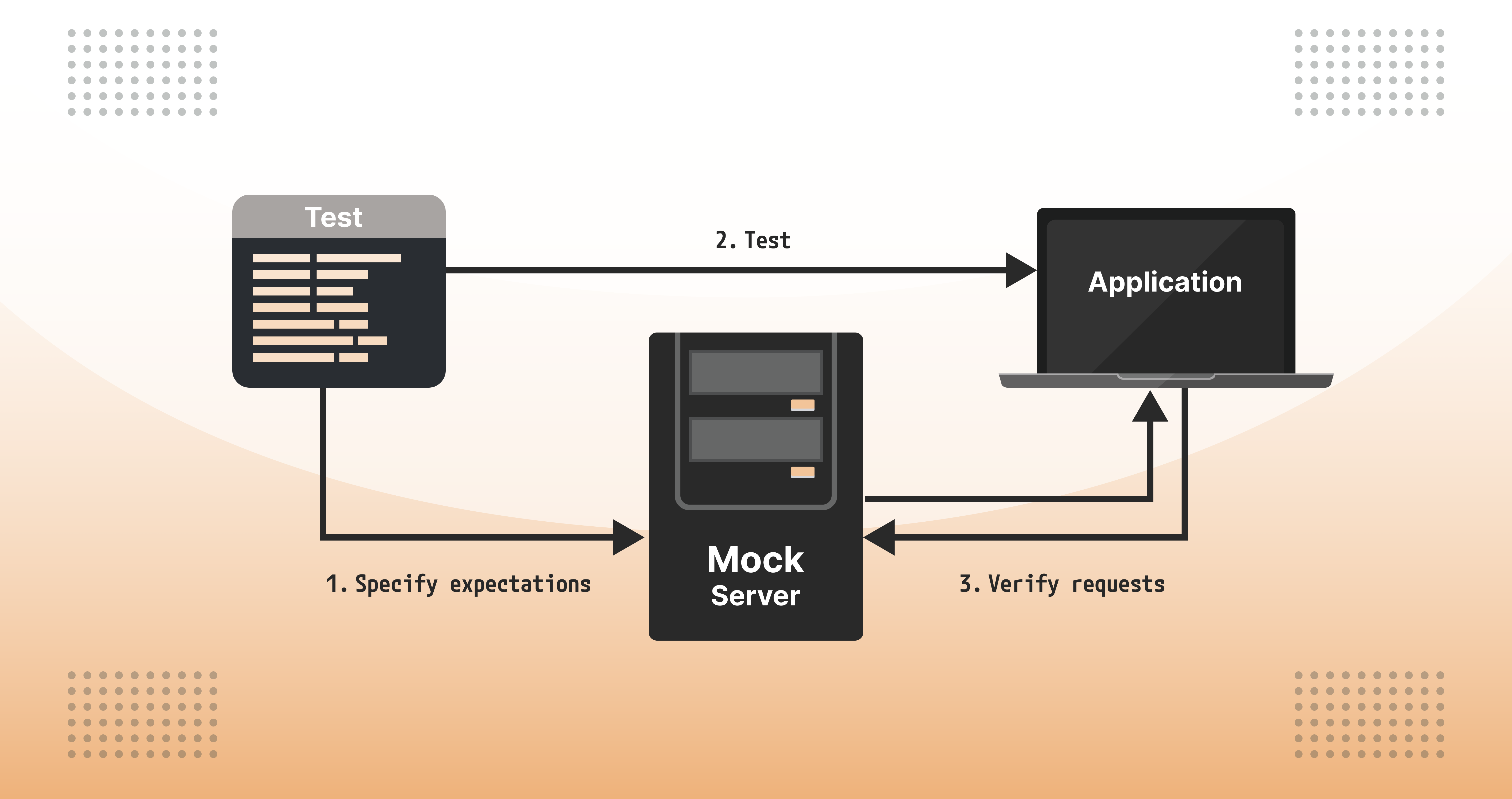
.jpg)

.png)


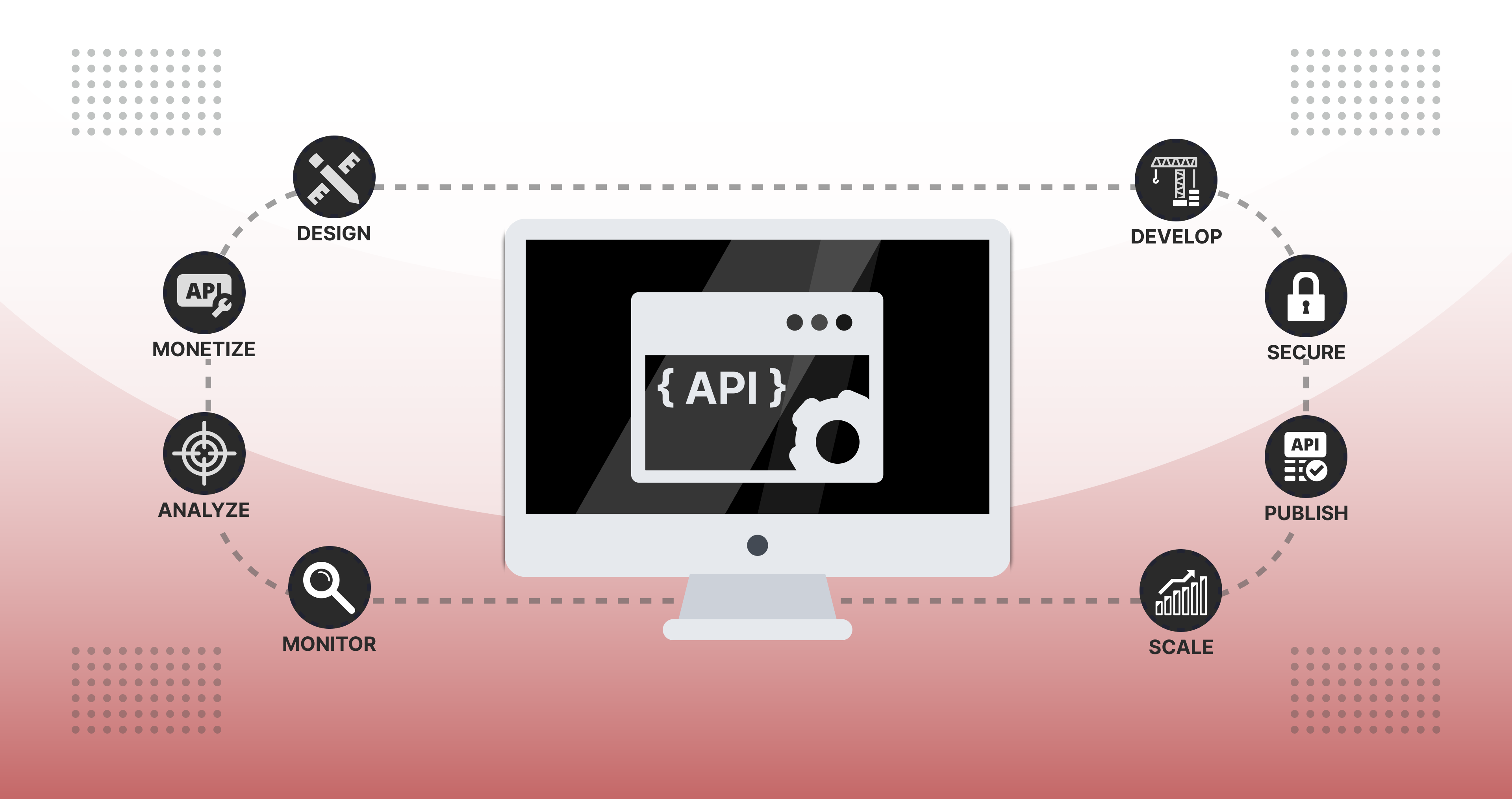
.jpg)
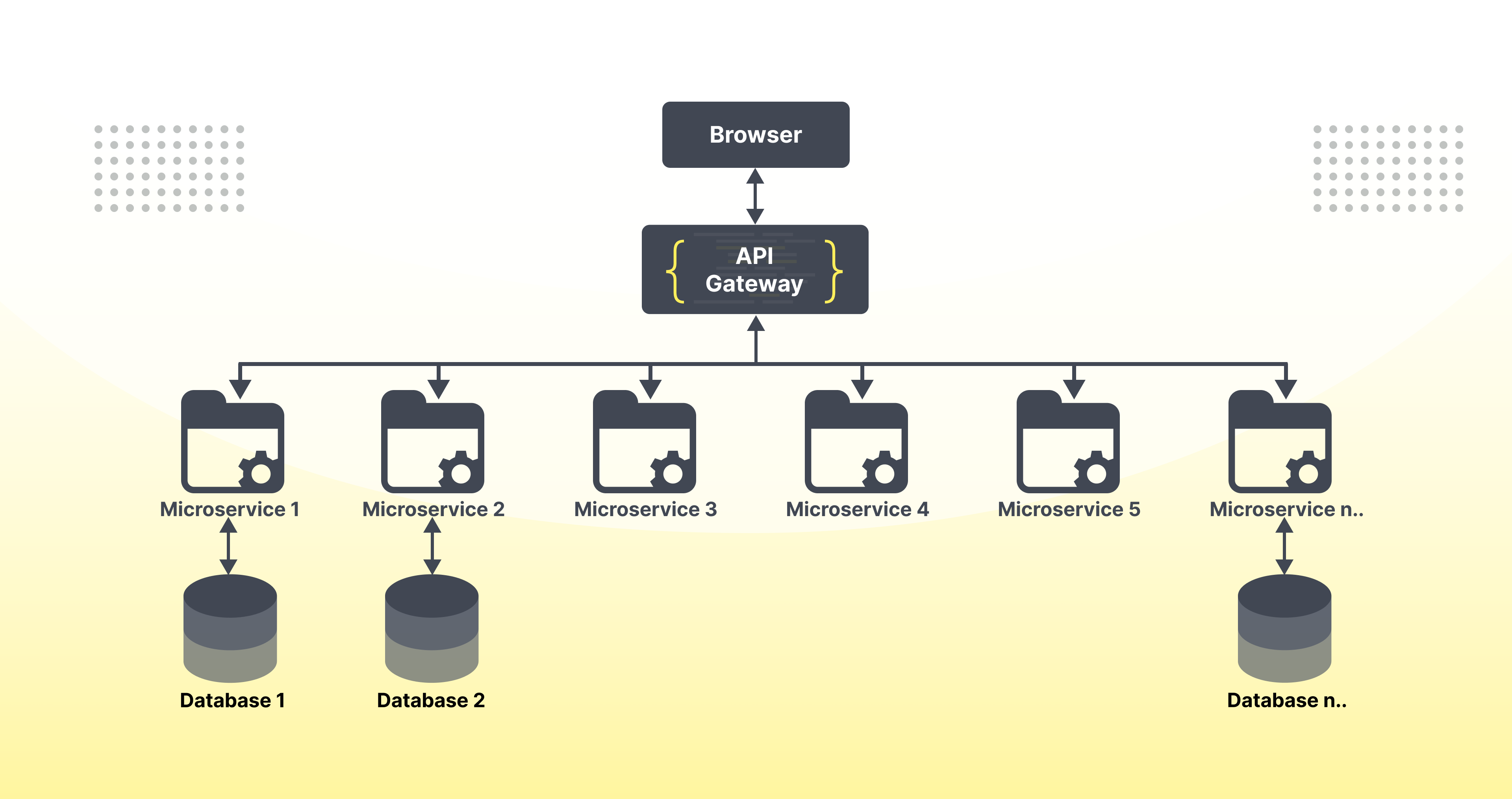

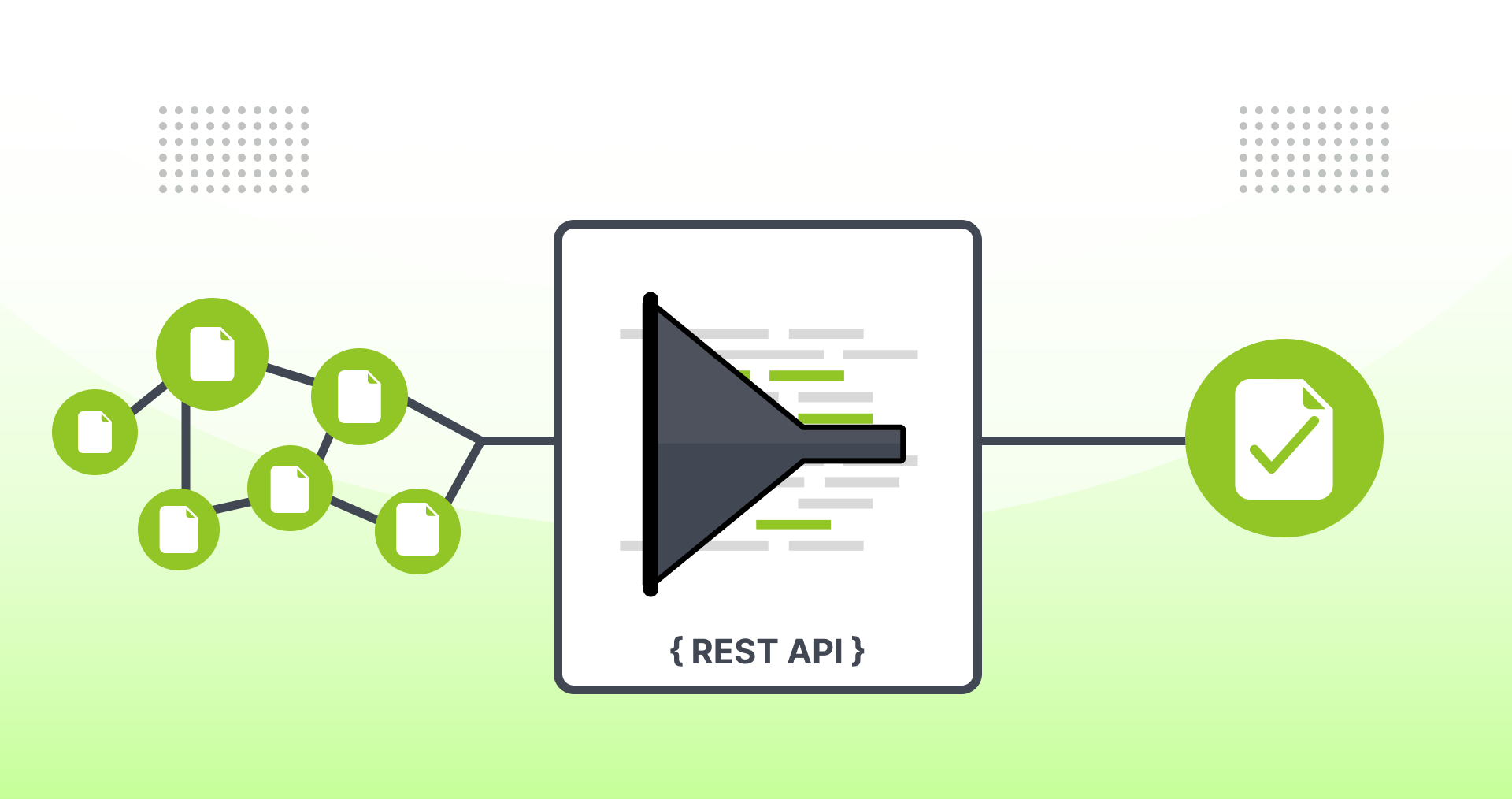

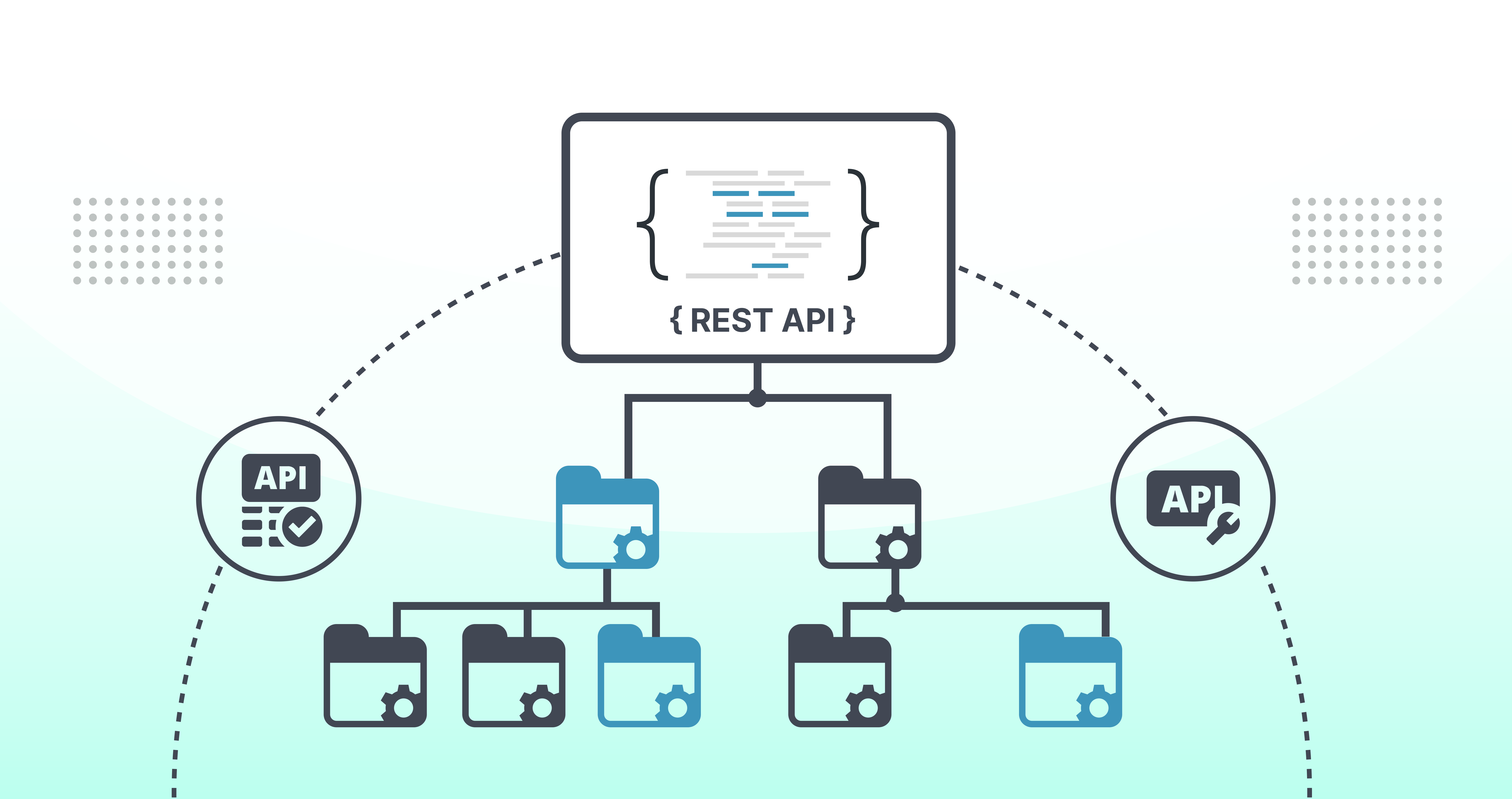

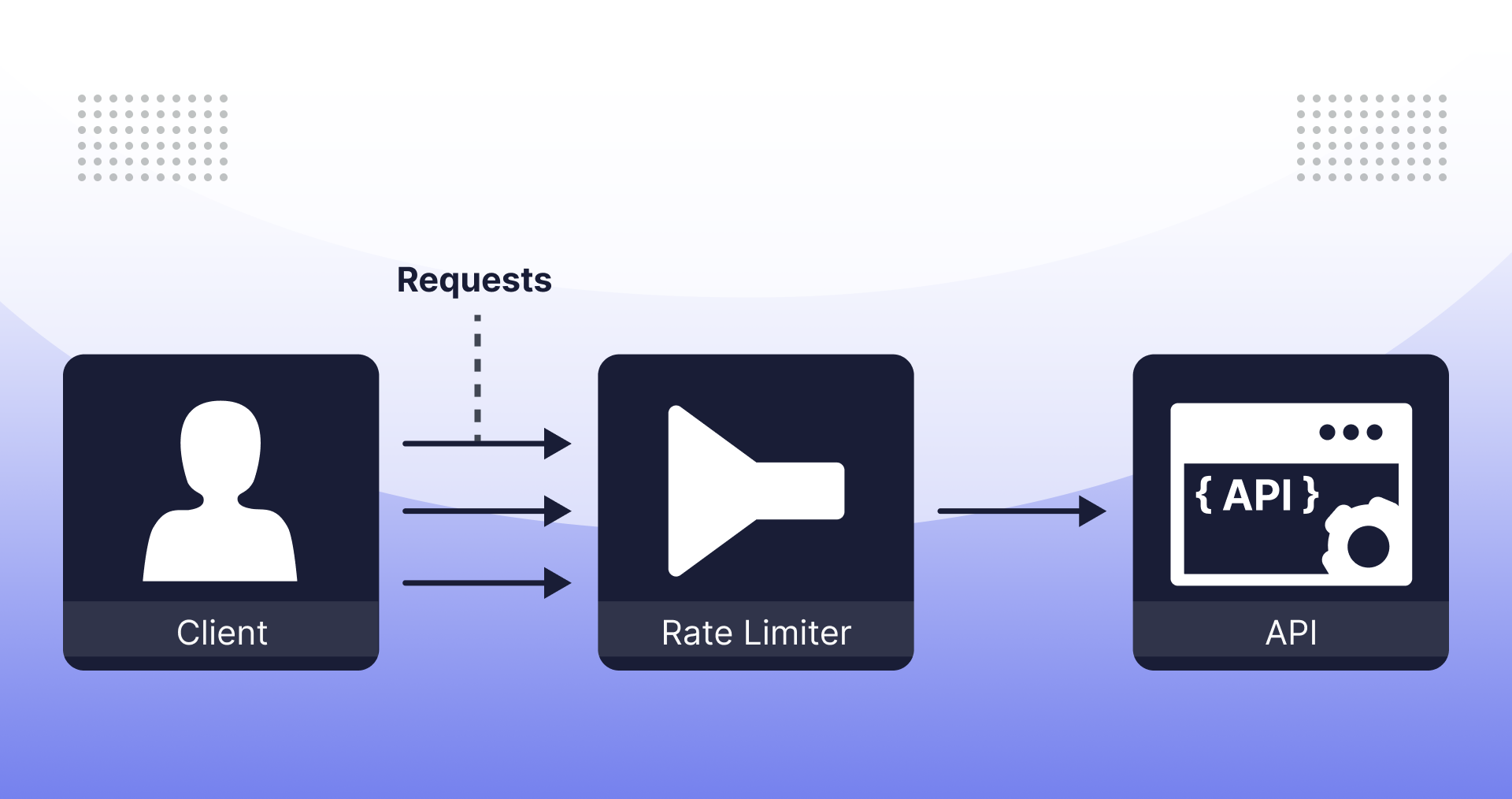

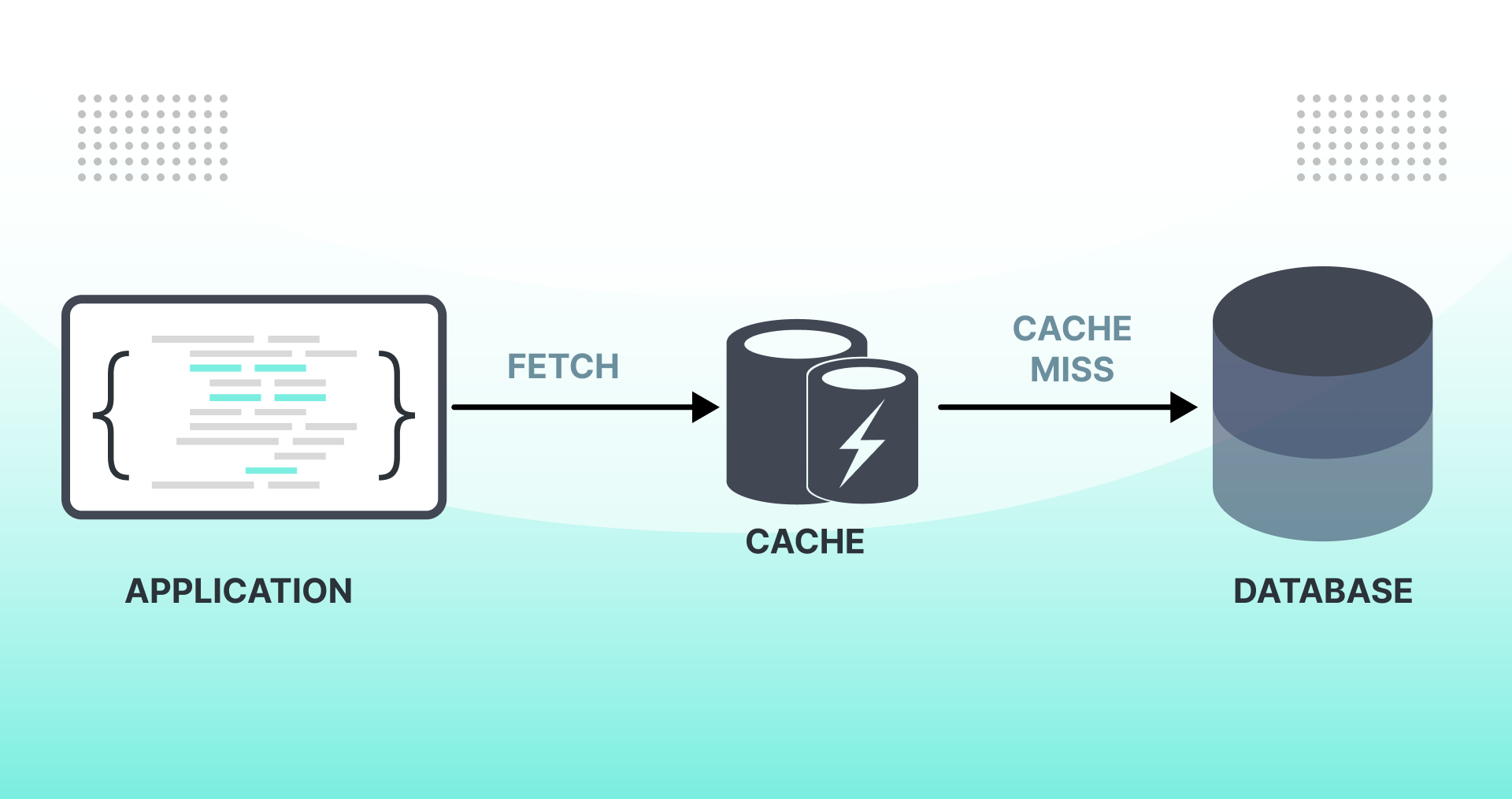

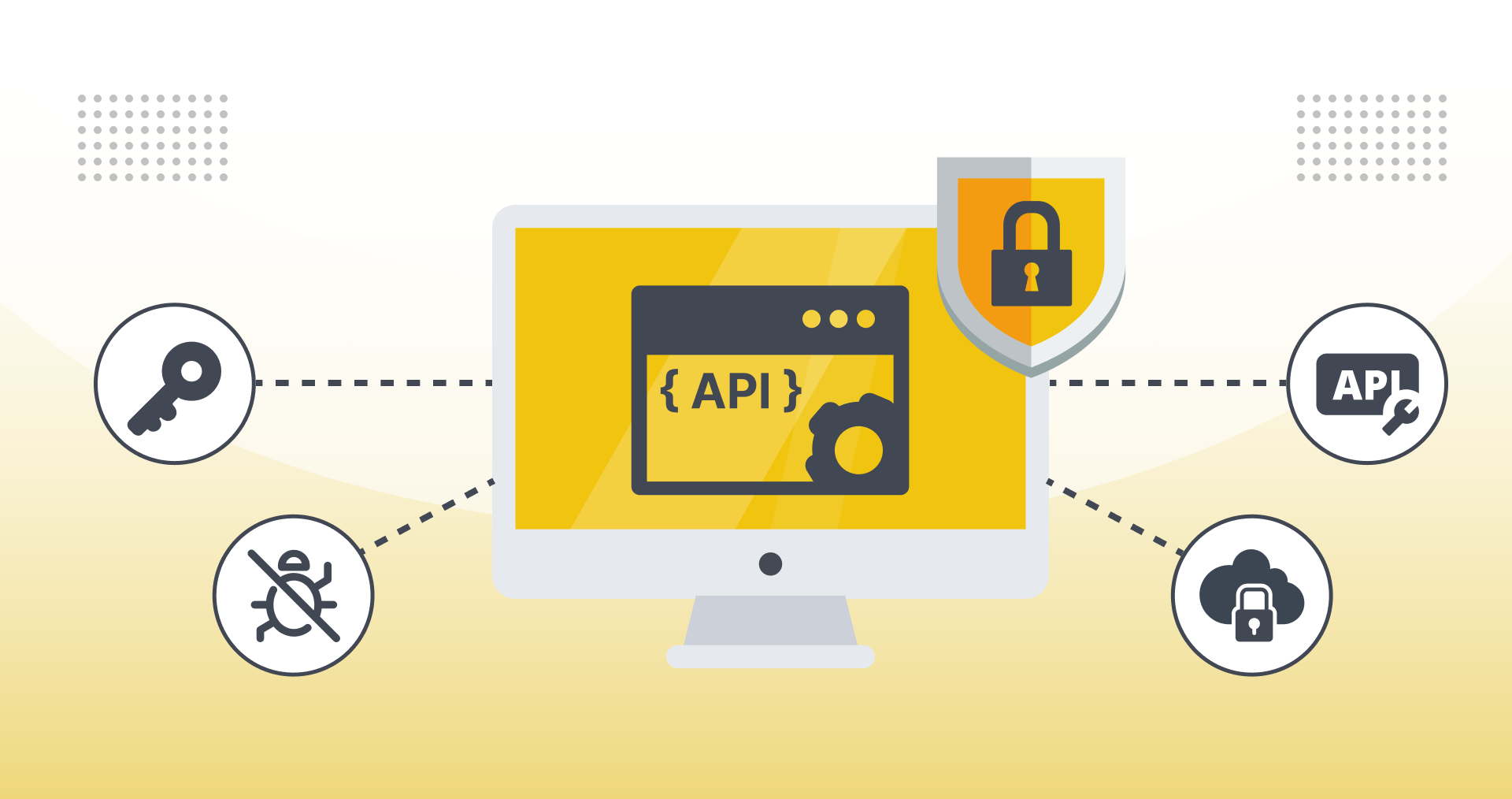

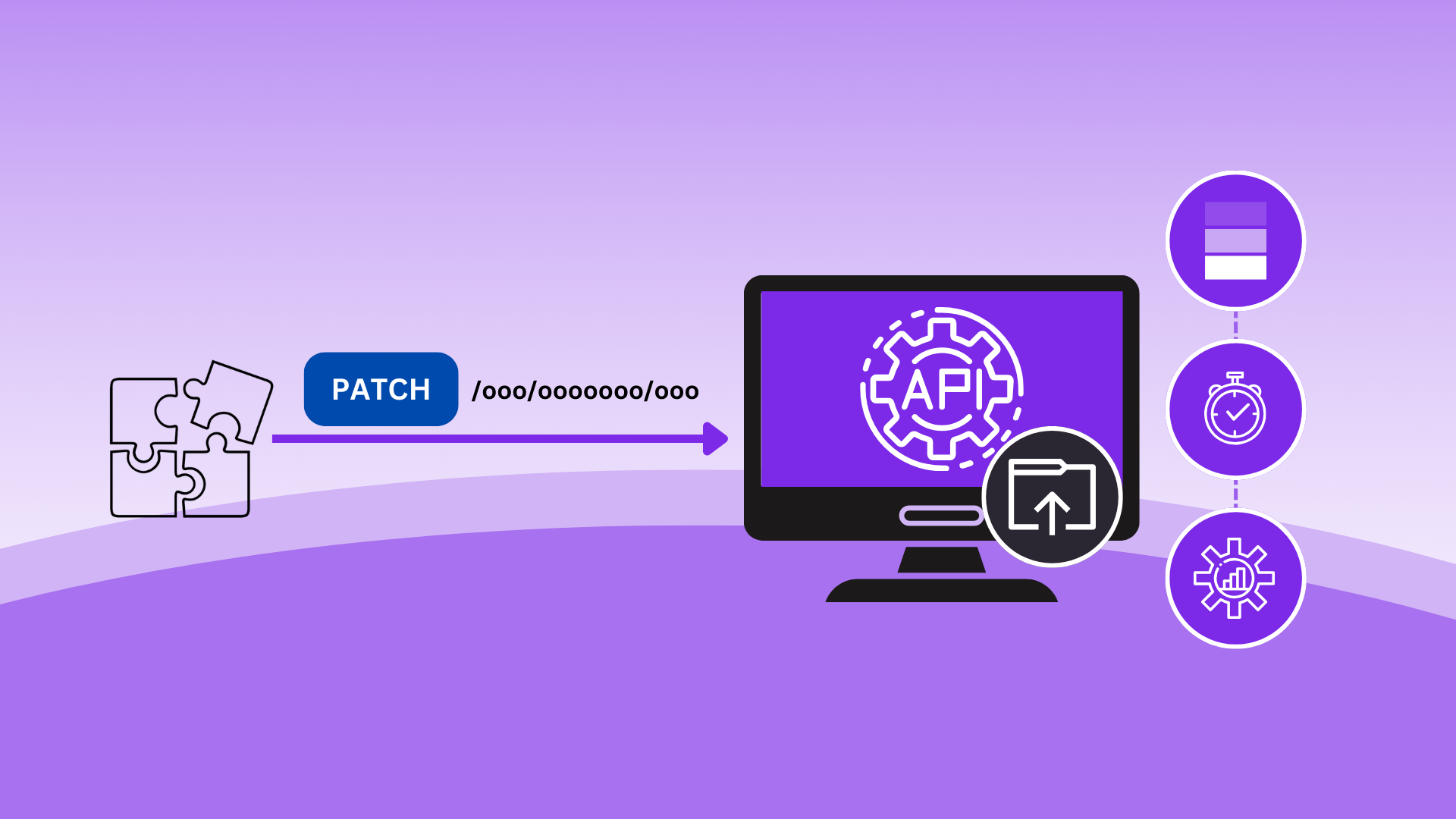
.jpeg)
